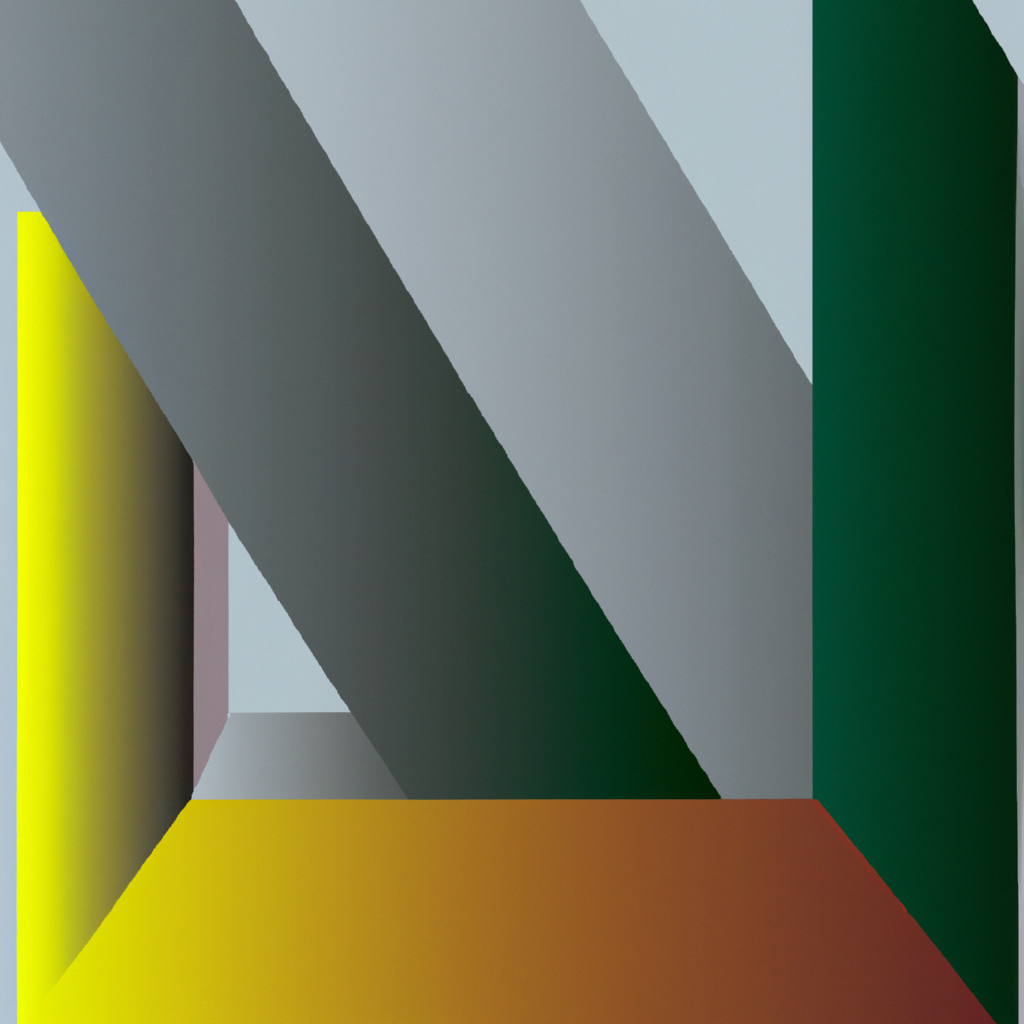
The Role of Vector Graphics in Modern Design
Vectors are a magical entity, boasting a unique feature of scalability without losing quality, thus providing designers with unlimited creative possibilities. Let’s decode the ‘how’ and ‘why’ of vector graphics and its essentiality in modern design.
Vector Graphics: The Resizable Mates in Design
Putting it plainly, vector graphics are images created from mathematical formulas which form lines and shapes. Unlike raster images built of pixels, vectors are composed of paths or lines that can be scaled, stretched, or skewed without losing quality. They’re the go-to graphics for any high-scale project, be it a colossal billboard or a small business card.
Why Do Vector Graphics Matter?
In the mammoth sphere of graphic design, vectors hold an integral position. They’re the unsung heroes of almost everything we see and identify. Here’s a dissected view on what makes vector graphics shine in the design world:
- Scalability: Vectors can be scaled indefinitely without losing any detail or clarity, making them ideal for any size media.
- Smaller File Size: Vector files are smaller as they contain mathematical equations instead of stored pixels.
- Easy to Edit: Changing colors, resize or adding elements are much easier with vector graphics.
Domains Where Vector Graphics Reigns Supreme
Boasting unmatched flexibility and quality, vector graphics are the first love for various domains of design. Let’s unravel the realms where vectors are the undisputed king:
Logo Design
Fierce clarity and scalability make vectors the ideal choice for logos. Since logos are required in various sizes across different mediums, vectors ensure they maintain quality irrespective of scale adjustments.
Illustrations and Artworks
Vectors are a big hit in the world of illustrations. The easy manipulation of shapes and colors make them ideal for creating different styles of art ranging from intricate illustrations to minimalistic designs.
Print Media
From brochures to billboards, vectors dominate the print world. Their scalability ensures that the print quality remains superior, irrespective of the size of the output.
Learning Vector Graphics: Software and Resources
Comprehending the role and impact of vector graphics, let’s delve into learning this indispensable tool of design. While it might seem a daunting task initially, numerous software and resources make this journey smoother for budding designers:
- Adobe Illustrator: Illustrator is the most popular tool for creating and editing vector graphics. It boasts a comprehensive set of features which aid in bringing design ideas to life.
- CorelDraw: A robust vector graphics editor, CorelDraw is often favored for its user-friendly interface.
- Inkscape: A free, open-source alternative, Inkscape is perfect for those just starting their vector journey.
Alongside software, numerous online tutorials and courses can help in mastering vector design – resources like LinkedIn Learning, Skillshare, and Adobe tutorials are great places to start.
Vector graphics are a silent powerhouse in the world of design. Their flexibility, scalability, and clarity make them a precious tool in every designer’s portfolio. As budding artists and designers, understanding and mastering vector art can be the key to creating more vibrant and flexible designs. So, are you ready to embrace the power of vectors in your design journey?